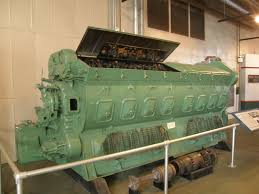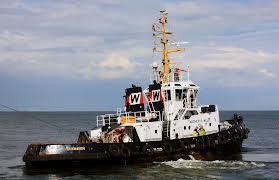Fuel saving and carbon reduction solutions for large diesel equipment
Overview
The approach taken by Further Fuel to improve engine efficiency and reduce emissions is to focus on the combustion process. Approaches that reduce emissions by adding additional technology to the exhaust side of the engine also have the effect of reducing overall efficiency.
While emphasis is placed on optimising the combustion characteristics of the fuel, no changes are made that move the characteristics of fuels outside of manufacturer’s specifications. Fuels remains fully compliant with all UK and international fuel specifications.
None of our products adversely affect any part of the engine or drive train. Because combustion is improved, engines using our technology are in better condition than those that do not. Studies have shown that engines using our systems have improved operating temperatures, output power and torque but all within specifications set by the manufacturer. The only difference is cleaner engine oil, with cleaner upper cylinders, piston crowns and fuel injectors.
Because every diesel application is different there is no single solution that will offer optimum results. Instead we deliver a solution that can include 3 separate components working together:
The first component is a bespoke hydrogen delivery system. This generates small amounts of hydrogen on demand that is added to the air supply entering the combustion chamber.
The reason for this is the rate of diesel combustion can mean there is unburnt diesel fuel still in the cylinder when the exhaust valves open, resulting in increased emissions and wasted energy.
Hydrogen burns about 10 times faster than diesel so small quantities added to the combustion mix acts as an accelerant resulting in a more complete burn of the fuel charge, reduced emissions and more useable power.
As the hydrogen gas is produced on demand there is no gas stored on the vehicle.
More details are available on the Hydrogen Technology page.
The second component is an inline unit fuel catalyser that helps to optimise the condition of the fuel prior to combustion using a process called fuel reformation.
The device is easily installed into the fuel line of a selected engine that burns diesel, petrol (gasoline) or marine fuel oil.
Our catalyst solutions conform to ASTM F 1201-88 specifications for in-line fuel modification devices and do not require any maintenance when the fuel burnt is diesel, petrol (gasoline), LPG or natural gas. For further details of the catalyst technology please see the Catalyst Technology Overview.
The third component is a fully formulated engine additive which is designed to further enhance the performance of the fuel.
This is not just a detergent. There will be an improvement in engine performance on both gasoline and diesel. Diesel is improved in its cetane rating as there is a designated cetane improver in the formulation. The cetane improver is used specifically to aid cold starts; but this also improves power output.
At recommended treat rates we advise the performance of the fuel should be comparable to the absolute best fuel available on any forecourt in Europe.
We target engine performance for both acceleration and fuel consumption as well as targeting CO2 emissions and a reduction in particle emissions. The additive contains emulsifiers, cleaning agents and agents to remove carbon. There is also a carrier agent that helps to move the debris through the pipework and out of the exhaust.
Benefits
The following results come from numerous operational and trial results involving mobile and static diesel powered equipment on land and sea. The results obtained in every set of actual operational conditions will depend on the type of fuel, the type and age of the engine and operating conditions.




Reduced Fuel Consumption
- 3% – 6% for diesel fuel
- 3% – 5% for petrol/gasoline
Reduced Exhaust Emissions, up to
- 60% for gaseous Hydrocarbon
- 25% for Nitrous Oxide
- 60% for Carbon Monoxide
- 40% for Soot & Particulates
- 90% for Poly Aromatic Hydrocarbons
- 7% for Carbon Dioxide
Reduced Exhaust Temperatures
Due to the reduction in soot particles and improved scavenging, reductions of exhaust gas temperatures are approximately 15 degrees Celsius when operating at the same engine load.
Cleaner Combustion Chamber
The improved combustion process reduces the amount of unburned and partially burnt hydrocarbons that would otherwise form black smoke or carbon formation in the combustion chamber.
